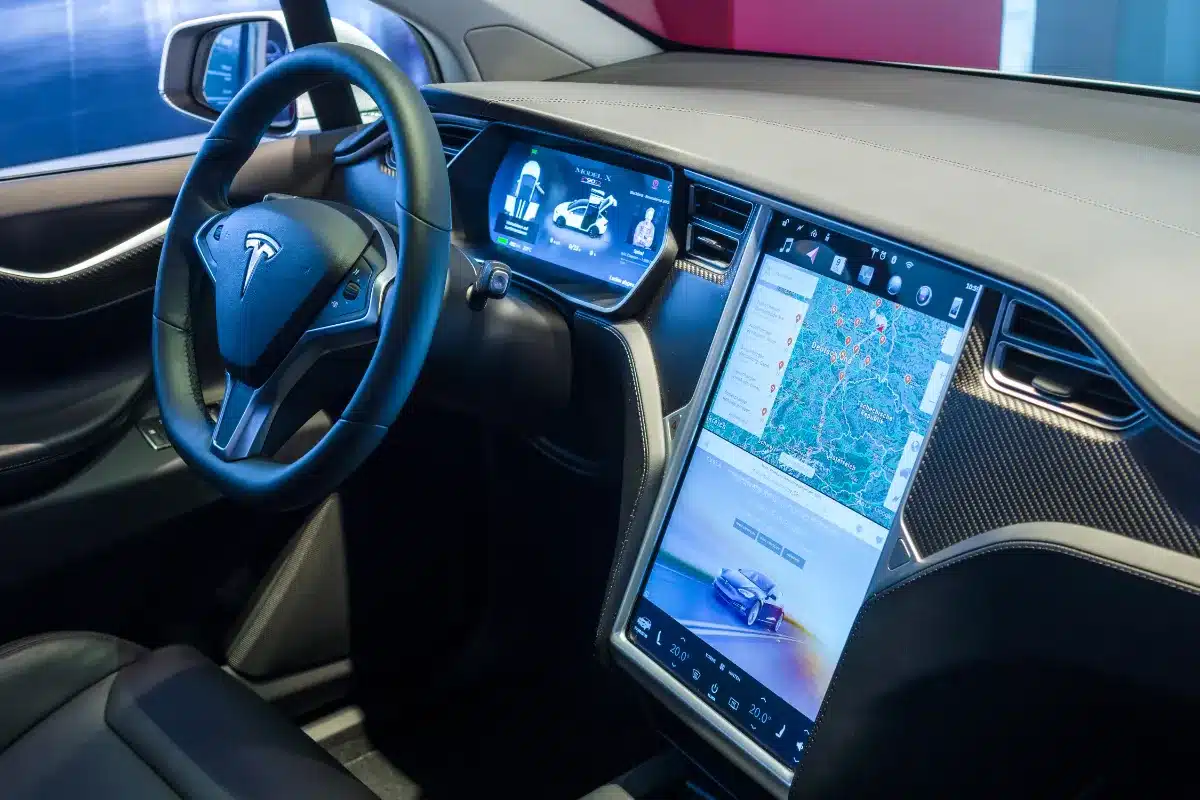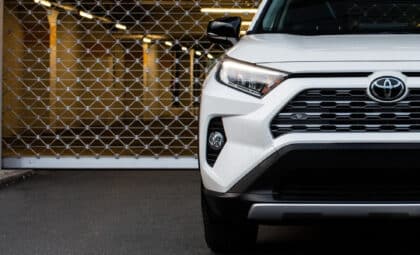Smart mobility is changing fast, and companies like BYD are leading the charge. Known for their work in both the automotive and electronics fields, BYD is moving to mix consumer electronics with their cars. This shift isn’t just changing how we view vehicles—it’s setting up new benchmarks in the industry.
Tai 7: byd’s ambitious market entry
BYD is getting ready to roll out the Tai 7, aiming straight at customers in China’s big cities. Set for a launch in the fourth quarter of 2025, this ride shows BYD’s drive to push the envelope and widen its market reach. Over in Europe, the models from Fang Cheng Bao will hit the roads under the international expansion name, showing off BYD’s knack for tailoring their plans to different markets.
At the same time, BYD has developed a brand-new tablet completely in-house—a clear sign of their strength in consumer electronics. This tablet talks directly with the car’s operating system, making sure the menu options and content between the car display and your mobile device stay in perfect sync. This idea is catching on fast in China (and hinting at a trend toward interlinked smart devices everywhere).
Integrating consumer electronics with vehicles
Mixing consumer tech into cars is opening up a multi-billion-dollar opportunity in China. Big names like Xiaomi and Huawei are using their know-how in smartphones and tablets to secure a spot in the automotive arena. Electric car makers like Nio aren’t sitting back either—they’re pouring resources into making their own gadgets, including launching in-house smartphones to keep their customers coming back.
In this busy scene, BYD stands apart by leaning on its long history in both car building and electronics manufacturing. Their long-term cooperation with tech giant Apple really speaks for itself; BYD has been part of Apple’s supply chain for about 15 years. Fun fact: a third of all iPads are put together by a BYD affiliate, which employs over 100,000 workers and 10,000 engineers focused on production.
Self-development and control over value chains
BYD’s move to develop more on their own is all about getting a firmer grip on their production process by cutting back on outside suppliers. By designing more parts internally—like their new tablet—BYD is strengthening its footing in both the car world and the booming smart electronics scene.
This choice lines up with the fast growth in digital car displays and mobile gadgets. As dashboards get more screen-packed and tech-savvy, people naturally expect the same smooth experience they have with their smartphones or laptops.
Global opportunities and competition
The market for ‘Smart Vehicles’ could be huge, with Bloomberg Intelligence estimating it might rake in around $742 billion a year by 2030 in the global car industry alone. That opens up big opportunities for makers like BYD, Volkswagen, Ford, and Mercedes-Benz, along with their parts suppliers.
With its first self-made tablet hitting the scene, BYD is not only looking to go head-to-head with Tesla in electric drivetrains but is also ready to take on tech giants like Apple in the energy sector.
BYD’s moves point to a turning point where the lines between cars and tech gear start to blur. As these innovations roll out worldwide and reshape what we expect from being connected on the go, it’s clear that companies like BYD are right at the sweet spot between top-notch engineering and leading-edge technology. Whether it’s through standout products like the Tai 7 or teaming up with big players, BYD’s efforts show a steady drive to redefine the way we get around and invite everyone—from everyday drivers to industry insiders—to check out all the cool possibilities that tomorrow’s mobility scene has in store.









